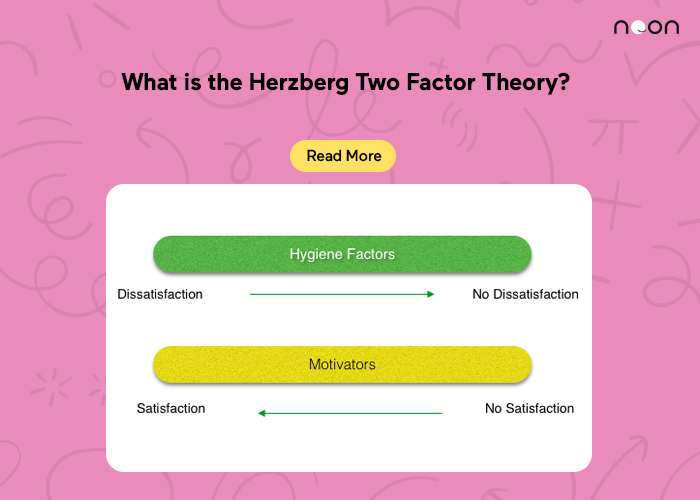
The Herzberg motivation theory is a popular and widely accepted model of employee motivation. It suggests that there are two sets of factors at play when it comes to motivating employees: motivators and hygiene factors. The former are things that excite and energize workers, while the latter are simply conditions that keep them from becoming unhappy.
In this blog post, we’ll explore the original theories proposed by Frederick Herzberg in 1959 and explain how his ideas can be applied in today’s modern workplace. We’ll also look at some of the criticisms of the theory and what employers can do to make sure their employees are truly motivated.
What is the Herzberg two factor theory?
The Herzberg two factor theory is a motivational theory that states that there are two factors that contribute to employee satisfaction: motivation and hygiene. Motivation comes from factors such as recognition, responsibility, and opportunity for advancement, while hygiene comes from factors such as working conditions, pay, and company policies. The theory suggests that employees need both motivation and hygiene to be satisfied with their jobs.
The different types of motivation
There are two different types of motivation: intrinsic and extrinsic. Intrinsic motivation comes from within oneself, while extrinsic motivation comes from external factors.
Intrinsic motivation is driven by a personal interest or enjoyment in the task itself. Extrinsic motivation, on the other hand, comes from external factors such as rewards or punishments.
The Herzberg two factor theory states that there are certain factors that lead to job satisfaction, and other factors that lead to job dissatisfaction. The theory is based on the premise that there are different types of motivation, and that each type of motivation leads to a different outcome.
The Herzberg two factor theory is a useful tool for understanding how to motivate employees. By understanding the different types of motivation, employers can create an environment that leads to both job satisfaction and high performance.
How to use Herzberg two factor theory to motivate employees
The Herzberg two factor theory is a widely used motivation model that can help managers to effectively motivate employees. The theory suggests that there are two main factors that affect employee motivation – hygiene factors and motivators. Hygiene factors are those that can de-motivate employees if they are not present, such as fair pay, good working conditions and job security. Motivators are those factors that inspire employees to achieve more, such as challenging work, recognition and career development opportunities.
To use the Herzberg two factor theory to motivate employees, managers should first identify which hygiene factors may be causing de-motivation. Once these have been addressed, they can then focus on providing motivating factors that will inspire employees to achieve their best work. This may include setting challenging goals, providing regular feedback and offering opportunities for career development. By creating a motivating environment, managers can ensure that employees are inspired to reach their full potential.
The advantages and disadvantages of Herzberg two factor theory
The Herzberg two factor theory, also known as the motivator-hygiene theory, is a theory of job satisfaction and motivation. The theory was proposed by psychologist Frederick Herzberg in 1959. Herzberg’s theory suggests that there are two types of factors that influence job satisfaction and motivation: motivators and hygiene factors. Motivators are factors that lead to satisfaction, such as recognition, achievement, and responsibility. Hygiene factors are those that prevent dissatisfaction, such as working conditions, pay, and company policies.
Herzberg’s two factor theory has had a significant impact on our understanding of job satisfaction and motivation. The theory has been used extensively in research and has been supported by empirical evidence. However, the theory has also been criticized for its lack of clarity and for its focus on individual differences rather than on organizational factors.
Conclusion
The Herzberg two factor theory is an incredibly useful way of understanding how motivation works in the workplace. It explains why certain rewards, such as recognition and pay rises, can help to boost morale while other factors, such as responsibility and job security, are necessary for employee satisfaction. By having a better understanding of what drives our employees, employers can create environments where employees are happier and more productive.
Noon app is an application for online learning with professional teachers. It provides teachers with tools for online teaching, including video streams and interactive classrooms. With over 10,000 lectures on different subjects, Noon app is a great way to learn from the best teachers from around the globe. So, what are you waiting for? Download the Noon app now!


